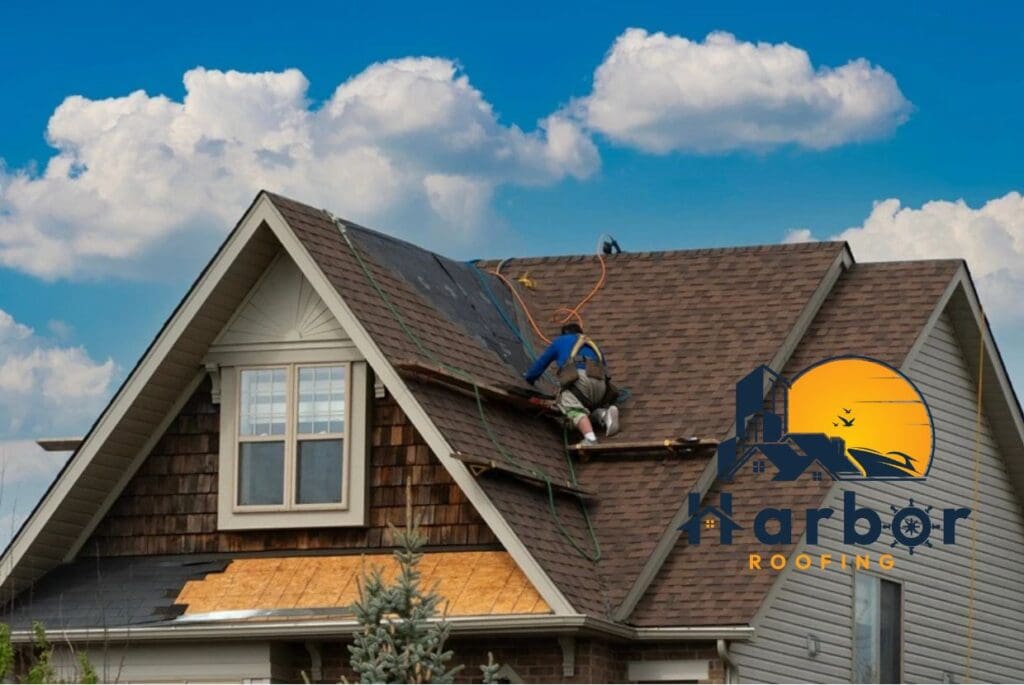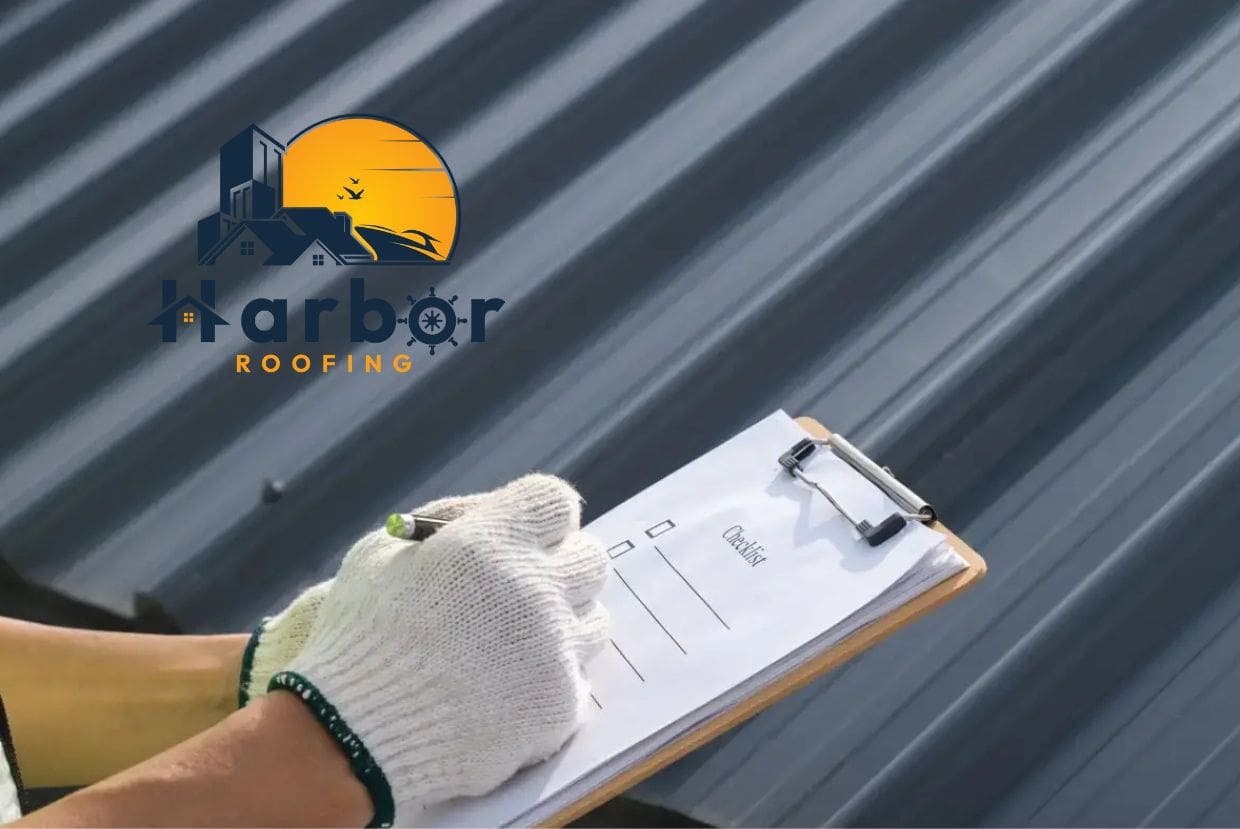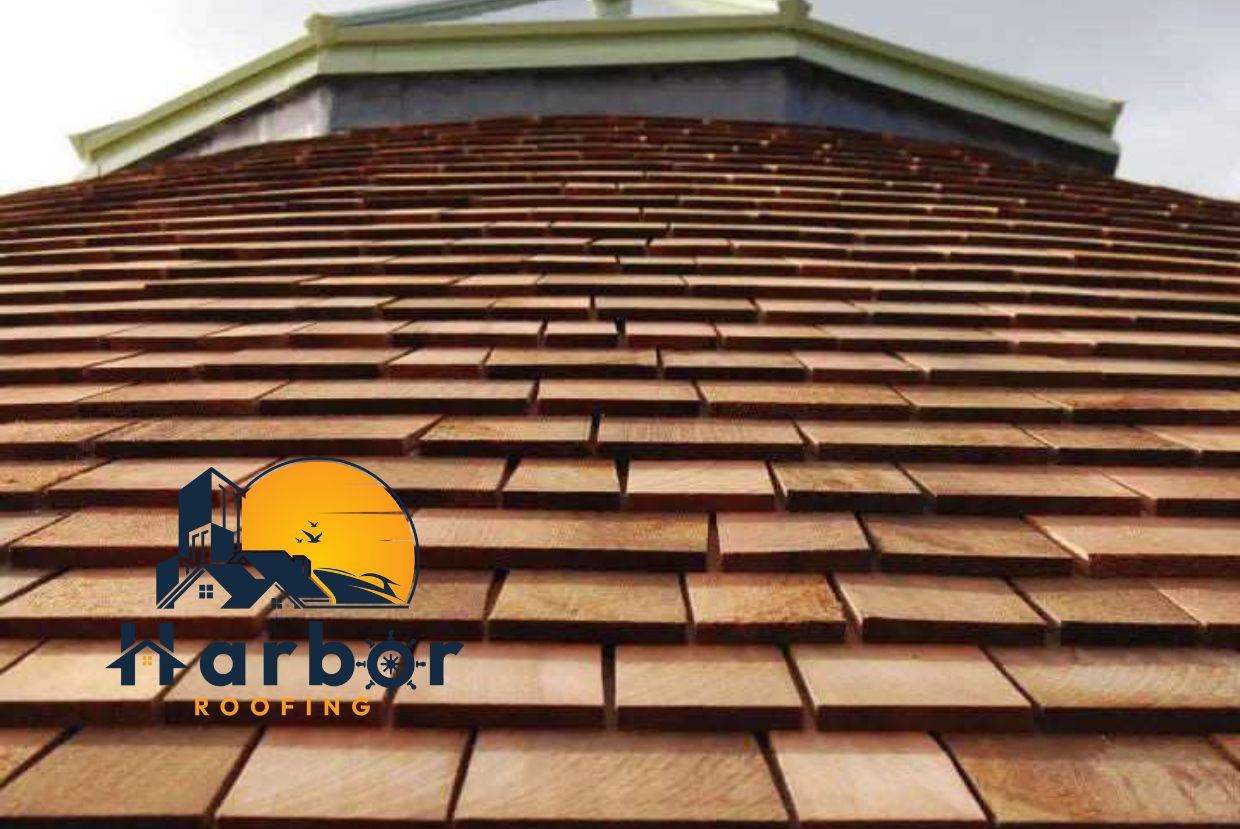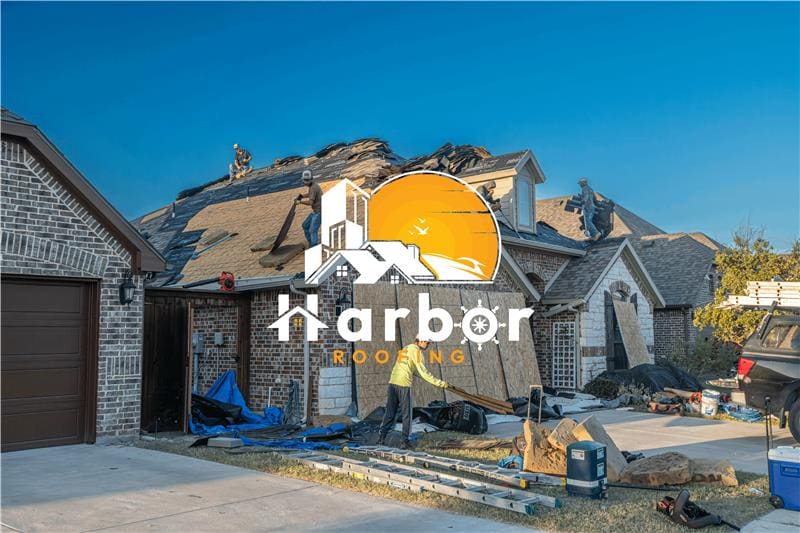Few things are more frustrating than finding roof damage, filing an insurance claim, and then being told it’s not covered. It’s a situation we’ve seen many homeowners face. You’ve paid your premiums faithfully, you followed the process, and yet, your roof insurance claim is denied.
We have good news for you: A denial isn’t always final. In many cases, it simply means the insurance company needs more information, or you can appeal your claim with more substantial evidence.
In this guide, we’ll explain why roof claims get denied, what steps to take after you receive that letter, and how to prevent future denials.
Why Roof Insurance Claims Get Denied

Before we take the next step, it helps to understand why insurance companies deny some claims in the first place. You will usually find the explanation in the denial letter, but it may not always be clear.
Here are the most common reasons we’ve seen roof insurance claims denied:
1. Roof Age
Most insurers set limits on roof coverage after a certain age, usually around 15 to 20 years. Once a roof is considered old, the insurer might say the issue was caused by wear and tear rather than a covered event like wind or hail. Keeping records of your roof’s installation date and any repairs helps prove its condition when damage occurs.
2. Lack of Maintenance
Insurance companies expect homeowners to maintain their roofs. If the roof shows signs of neglect like clogged gutters, cracked flashing, or missing shingles, they may call the damage “preventable” and deny coverage. Regular inspections and minor fixes can go a long way in protecting your claim.
3. Improper Installation
If your roofing contractor doesn’t install your roof correctly, the insurer can deny a roof insurance claim related to workmanship errors. They cover damage, not mistakes made during installation. That’s why you shouldn’t underestimate the importance of working with a licensed, certified roofing contractor. You should always work with one so your installation meets manufacturer and insurance standards.
4. Policy Exclusions
Every policy has fine print. Some exclude specific damage types such as wind, hail, or cosmetic dents, unless you’ve added that coverage. Reviewing your policy before damage happens can help you understand what’s actually protected.
5. Missed Deadlines or Incomplete Paperwork
Insurance claims come with strict timelines. Waiting too long to report damage or submitting incomplete forms can lead to automatic denial. The best move is to file quickly, keep clear records, and double-check every detail before submitting.
Knowing the reason behind the denial helps determine your next move, whether it’s appealing, gathering new evidence, or involving a professional.
Steps to Take After an Insurance Denial

Once you understand why your insurance company denied your claim, the next step is to respond strategically, not emotionally. A denial isn’t the end of the road; it’s often just the start of a second review. Here’s how to move forward the right way.
Review Your Policy Carefully
Start by going through your policy line by line. It explains what’s covered, what’s excluded, and how long you have to appeal. The language can be tricky, so don’t hesitate to ask for help. A roofing contractor or public adjuster can explain the fine print and point out where the insurer’s reasoning might not hold up.
Gather Solid Evidence
Your best defense is proof. So, collect everything that supports your case: dated photos, contractor estimates, inspection reports, and even weather data from the day of the incident. These details help show that the damage came from a specific event, not general aging.
It’s also wise to get a professional inspection from a licensed roofing contractor. Their report adds credibility to your appeal and can uncover issues the insurance adjuster may have missed.
Request a Reinspection
If you believe the adjuster overlooked damage or underestimated the repair cost, ask for a reinspection. Have your contractor on-site during that visit so that they can identify technical details and explain the full extent of the damage in a way the adjuster will understand.
File an Appeal
Most insurance companies give you 30 to 60 days to appeal a denied claim. When you do, include:
- A copy of your denial letter
- A clear written explanation of why you disagree
- Supporting evidence such as photos, inspection reports, and weather records
- Keep every email, letter, and phone note. Written documentation is your safety net if questions arise later.
Consider Professional Help
If the process feels overwhelming or stalled, bring in a professional. A public adjuster can review your policy, handle communications, and negotiate directly with the insurer on your behalf.
Some roofing companies also help clients navigate claims by preparing documentation, attending inspections, or clarifying the scope of damage for adjusters. Having experts in your corner will save you time and frustration.
How to Prevent Future Claim Denials

We’ve learned that prevention starts long before the next storm hits. The best way to avoid future insurance headaches is to stay proactive about your roof and your policy.
1. Schedule regular roof inspections: A yearly inspection, or one after any major storm, helps catch small issues before they turn into costly problems. Many insurance companies appreciate documented proof that you’ve kept up with maintenance.
2. Keep detailed maintenance records: Hold on to every invoice, repair receipt, and inspection photo. When it’s time to file a claim, that paper trail shows you’ve done your part to maintain the roof properly.
3. Understand your policy coverage: Take time to review your homeowner’s policy. Know exactly what’s covered, what’s excluded, and whether you have protection against wind, hail, or other storm-related damage.
4. Hire licensed and insured contractors: If the roofer you hire doesn’t install or repair your roof correctly, your insurer might not cover future issues. Always work with reputable roofing experts who follow manufacturer guidelines and local building codes.
Staying proactive with inspections, documentation, and proper repairs protects your roof and gives you a stronger footing if you ever need to file a claim again.
Conclusion
Having a roof insurance claim denied can be discouraging. However, you can resolve most denials with better documentation, a second inspection, or a properly filed appeal.
At Harbour Roofing, we’ve helped many homeowners navigate insurance challenges and get the coverage they deserve. We can inspect your roof, document the damage, and guide you through the next steps so you don’t have to handle it alone.
Frequently Asked Questions
Why did my roof insurance claim get denied?
Insurers typically deny claims if the roof is old, poorly maintained, or if the damage isn’t linked to a specific event like a storm. Your claim could have been denied for one of those reasons.
Can I appeal the denial?
Yes. Most insurers allow appeals within a set timeframe. Gather new evidence, review your policy, and submit a formal written appeal.
Do I need a roofing contractor to help with my roof insurance claim?
It’s not compulsory to hire a roofing contractor to help with your claim, but it’s a smart move. A contractor can document the damage, provide a repair estimate, and even meet the adjuster on-site.
What if the insurance company still refuses to pay?
You can file a complaint with your state’s insurance department or consult a public adjuster or attorney for additional support.











